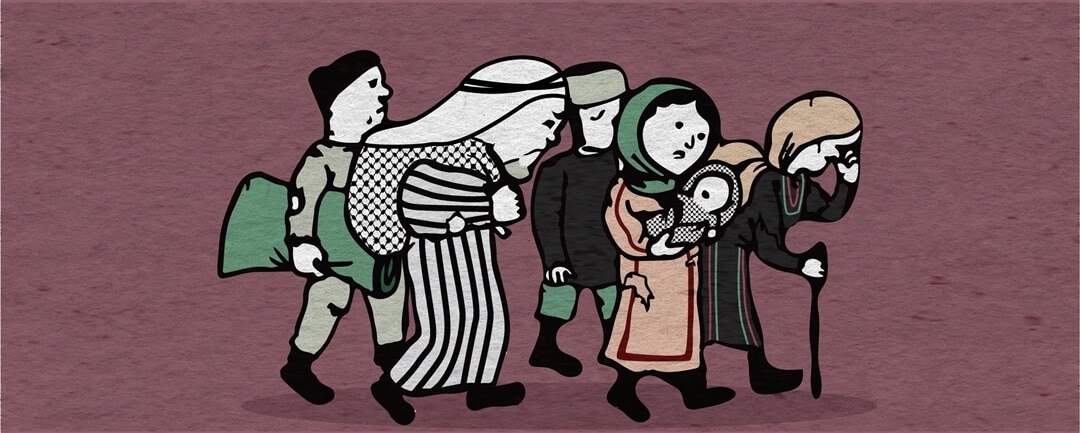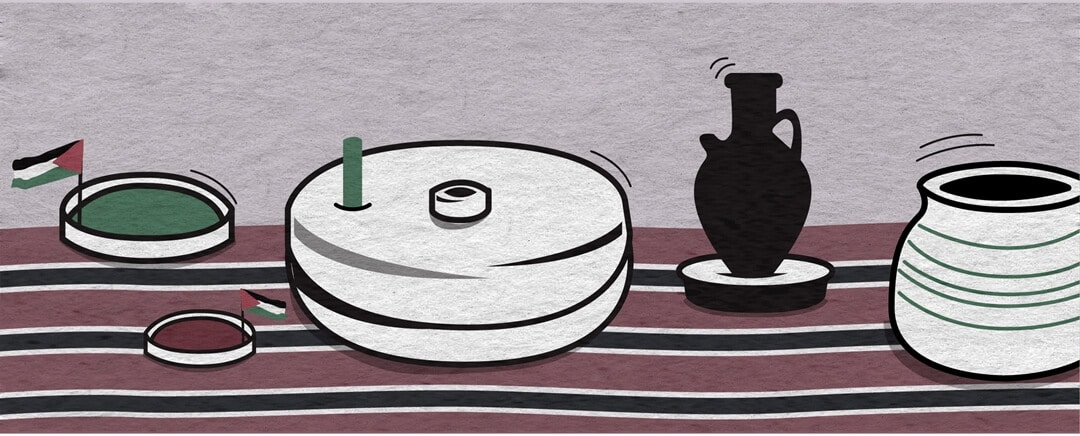The roots of contemporary Palestinian identity have been outlined in many works, but we believe that Rashid Khalidi’s wonderful book,
Palestinian Identity, has one of the more exhaustive and detailed explorations of the subject. According to Khalidi, Palestinian national identity can be traced back to Ottoman times, but it arguably started crystallizing in its modern form during the WW1 period. It is important to keep in mind that nationalism as a whole first touched the region around that period. While the mandatory period did see a rise of Palestinians identifying with the idea of a greater Arab nation, this did not preclude regional Palestinian identity and sense of belonging. It is not a contradiction to identify both as an Arab and a Palestinian, as was the case for many.
There are multiple elements that coalesced to create this proto-Palestinian identity, the first of which was the significant religious attachment to Palestine as a holy land by the people living there. Of course, Palestine has been an important religious nexus throughout history, but this feeling of attachment was particularly strong among those living there. Another element is the distribution of Ottoman administrative boundaries and the special status afforded to Palestine.
According to Khalidi:
“from 1874 onwards, the sanjaq of Jerusalem, including the districts of Jerusalem, Bethlehem, Hebron, Beersheeba, Gaza, and Jaffa, was a separate unit administered independently from any other Ottoman province.“
Previously, Jerusalem was the capital of the larger province (
Vilayet) of Palestine (
Filastin) which includes the vast majority of what is now considered Palestine.
A third element is the fierce local loyalties and attachments, especially in the larger cities. Khalidi
dubbed this “Urban Patriotism”. Nabulsis, Gazans, Jerusalemites, etc. all took pride in their cities and their local histories. Evidence of this can be seen in Palestinian family names, such as “Al-Nabulsi” (of Nablus) or “Al-Khalili” (of Hebron) and many other cities, towns and villages. With modernization and the spread of transport, communication, education, and notions of nationalism throughout the region, this local attachment evolved to include areas outside of the direct city or town and came to resemble what we understand today as nationalism more closely.
It is important to emphasize that all of this
preceded any encounter with Zionism. This is important to understand, because there is a common assertion that Palestinian identity grew as a consequence of Zionist colonialism of Palestine, even though no such claim is made for the neighboring countries which all developed identities and nationalisms of their own. It is worth noting, however, that for Palestinians, the Zionists were yet another imperial or colonial force in a history full of such forces, be it the Ottomans who the Palestinians rebelled against, the British, or any other.
However, this does not mean that Palestinian identity was not influenced at all by its encounters with European or Zionist colonialism. For example, Najib ‘Azuri, in response to Zionist goals in Palestine,
wrote in 1908 that the progress of “the land of Palestine” depends on expanding and raising the status of Jerusalem.
Evidence of early Palestinian identification and attachment to the land is abundant. One need not look only at some of the larger indicators, such as the founding of the Filastin (Palestine) newspaper in Jaffa in 1911, but also at the smaller ones, such as a group of Palestinian immigrants to Chile founding a football club and naming it
Deportivo Palestino in 1920. That’s pretty impressive for an identity that allegedly did not exist!
This talking point becomes even more egregious when you consider how hard Israel has worked to co-opt and appropriate Palestinian identity and cultural markers, such as the Kuffiyeh, Dabkeh and even Palestinian cuisine
[You can read more about this here]. It simultaneously seeks to sever the ties of the indigenous people to the land while stealing indigenous identity markers in an attempt to self-indigenize its settler population. Ultimately, all these claims aim to whitewash the crimes committed against Palestinians by implying that they shouldn’t have been there in the first place, that they do not belong, and that the settlers are more worthy of the land.
But even if you swallow this premise wholly, and come to internalize it. What then? Does the national identification (or lack thereof) of the Palestinians mean that they were legitimate targets for ethnic cleansing? Even if we accept the ridiculous and false premise that the Palestinians were “just Arabs” without a distinct national identity, how does this justify the destruction of hundreds of villages and the subjugation of millions?
It doesn’t, and it can’t.

decolonizepalestine.com









